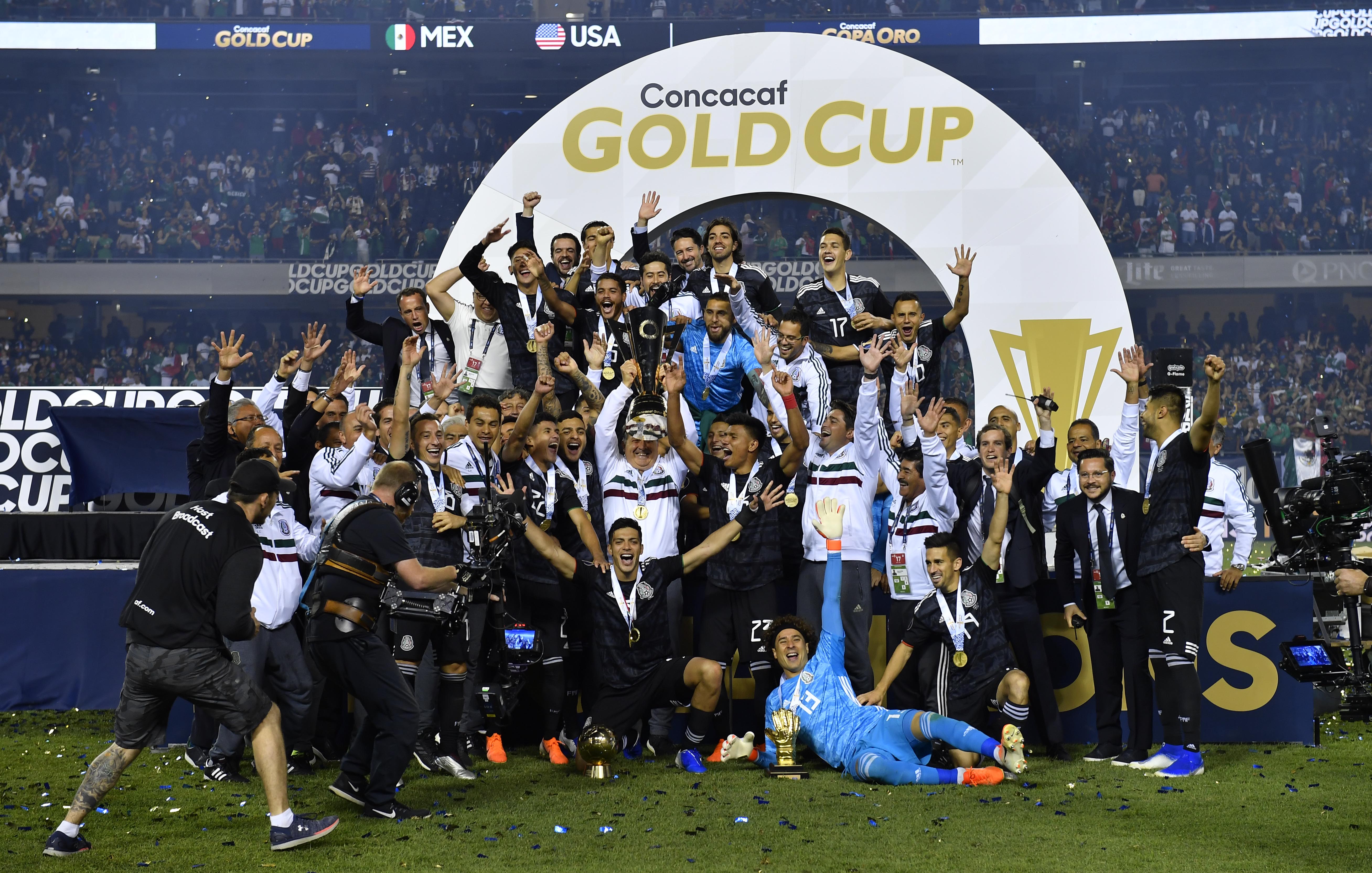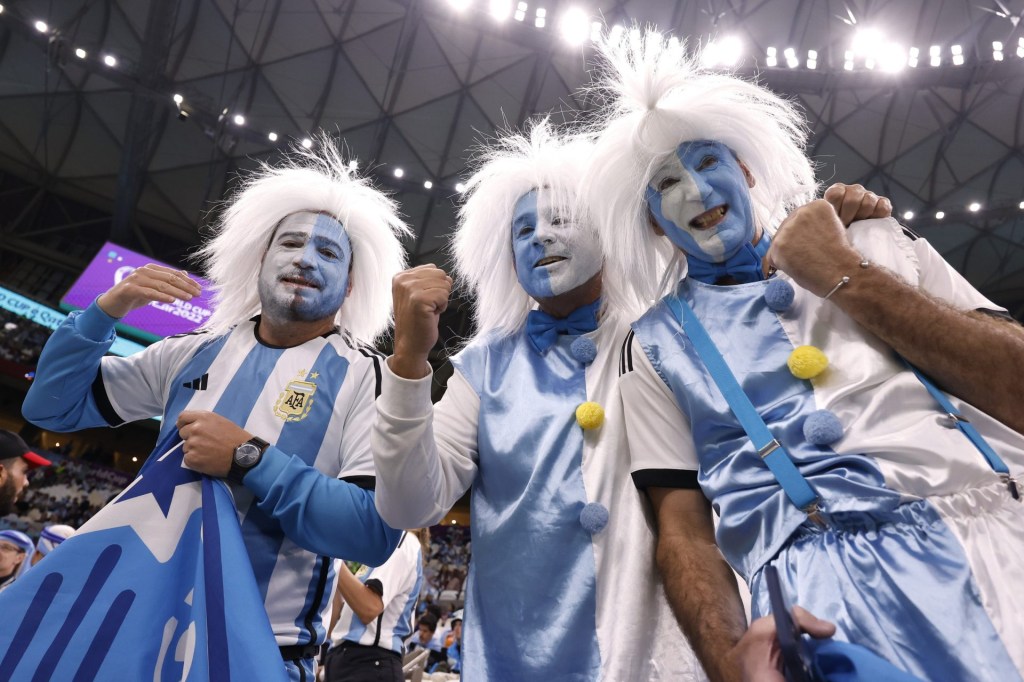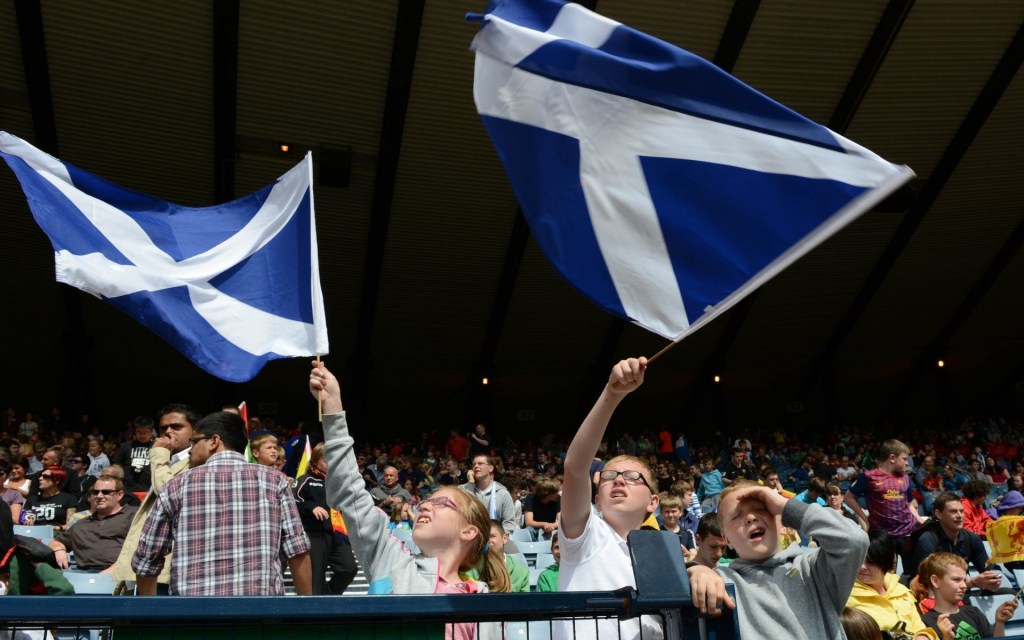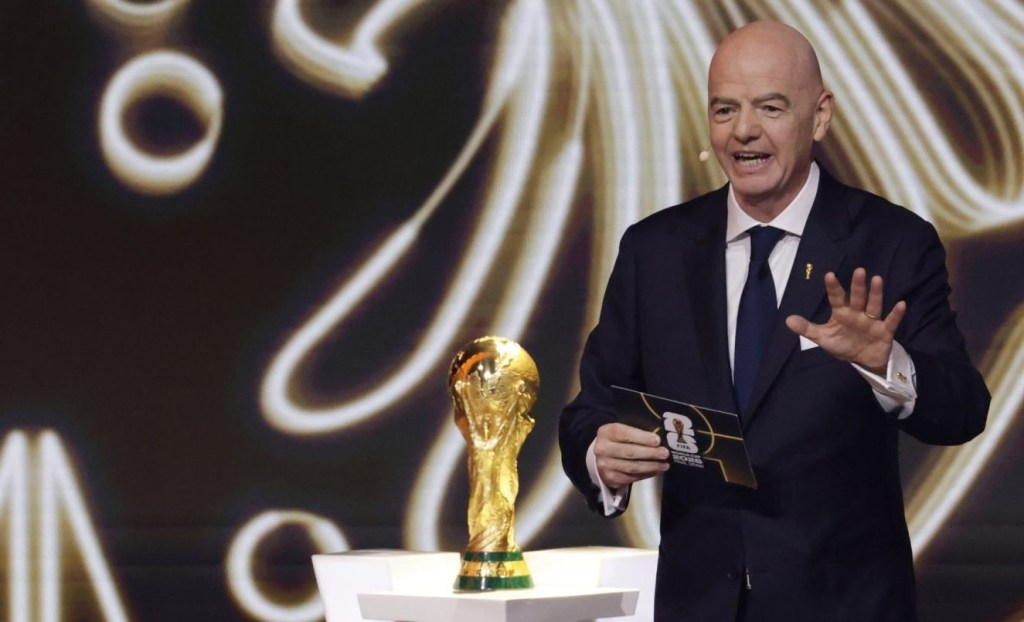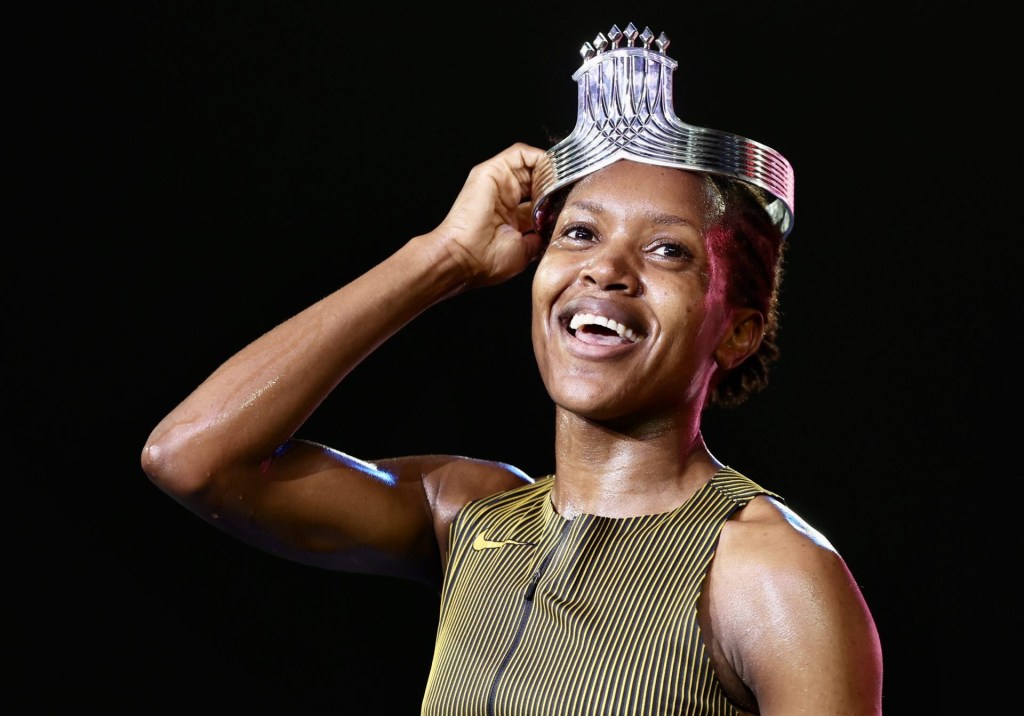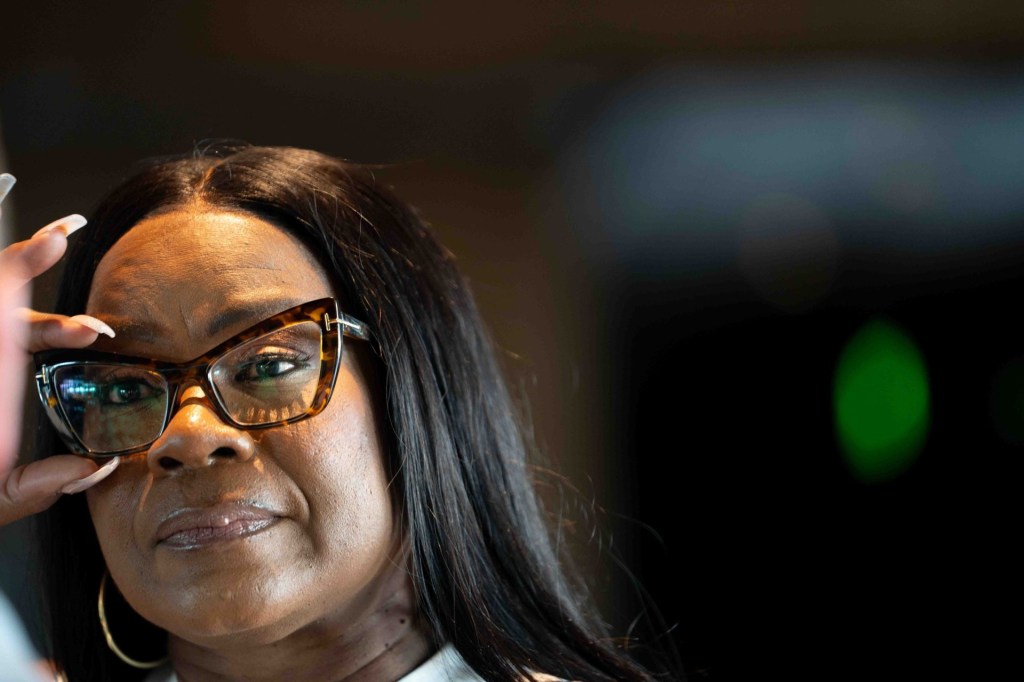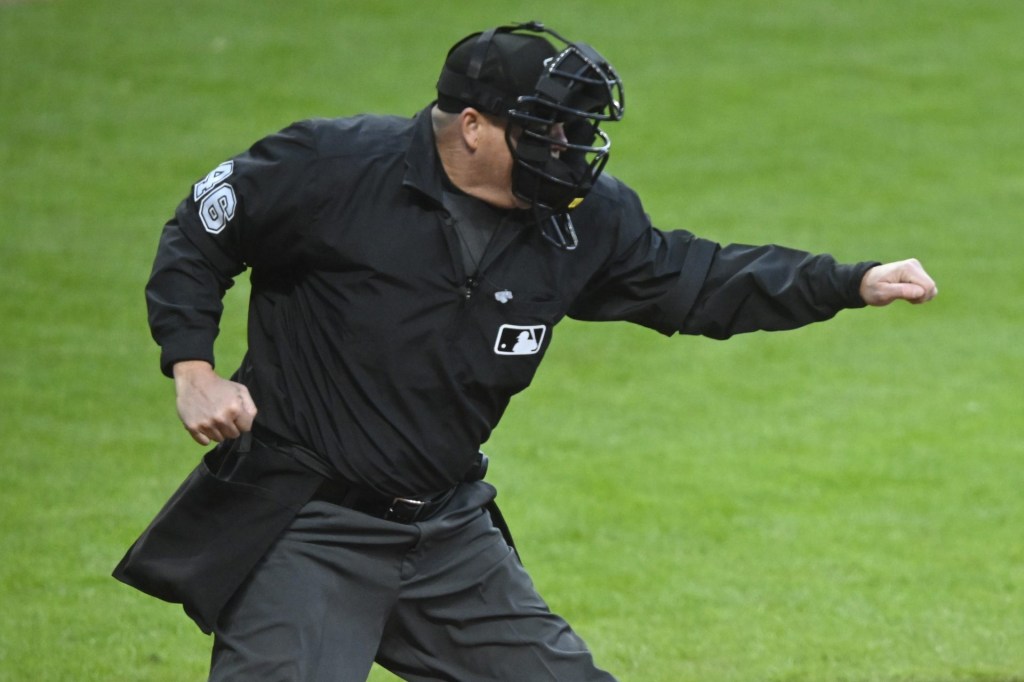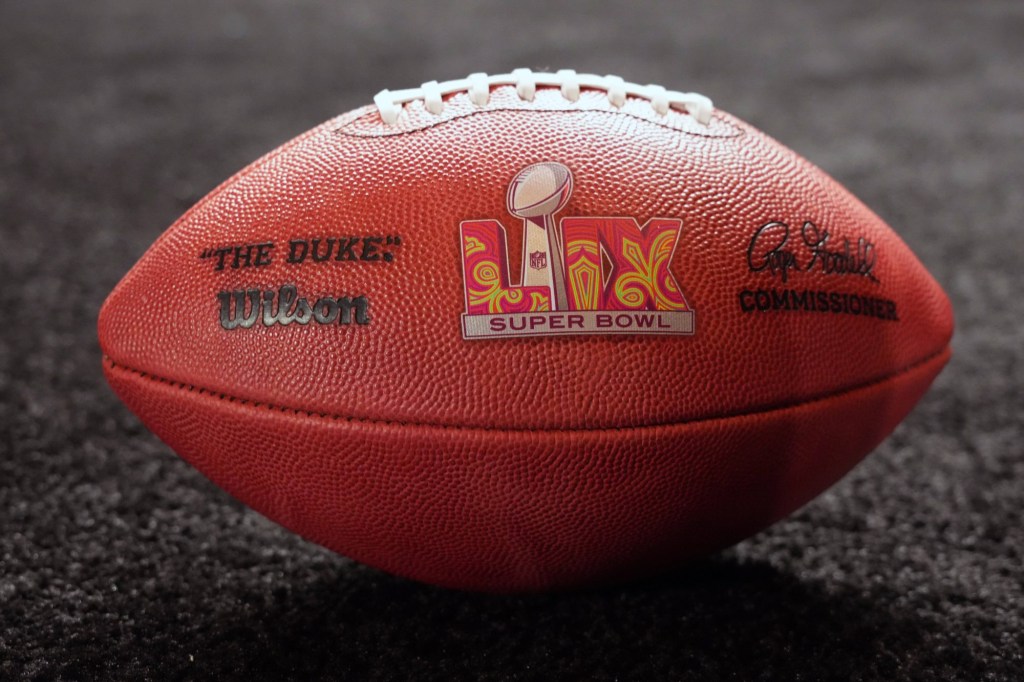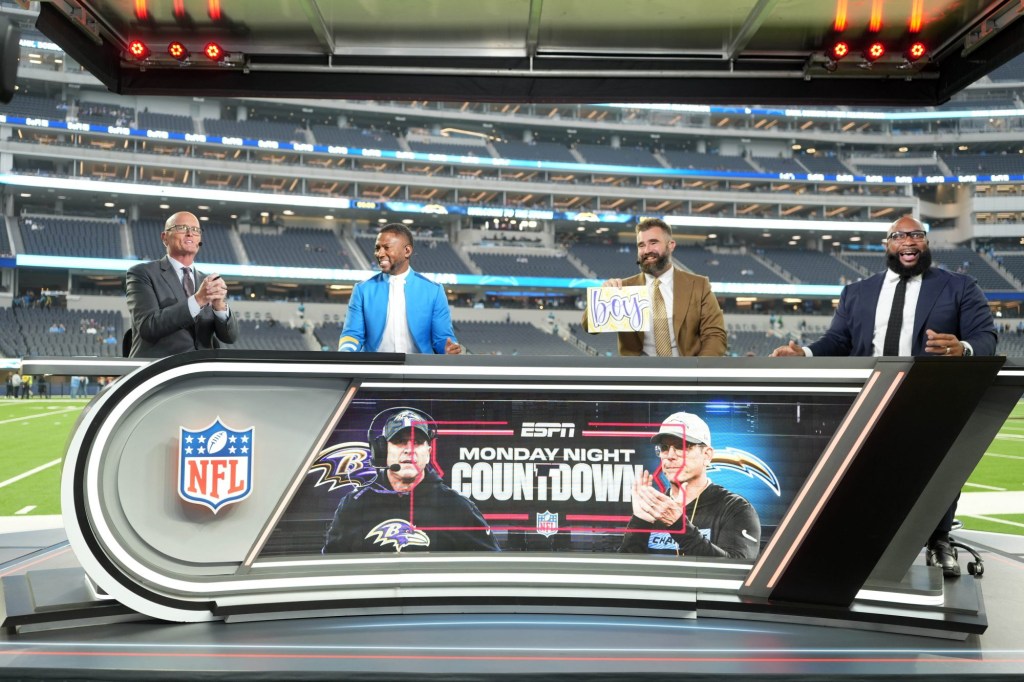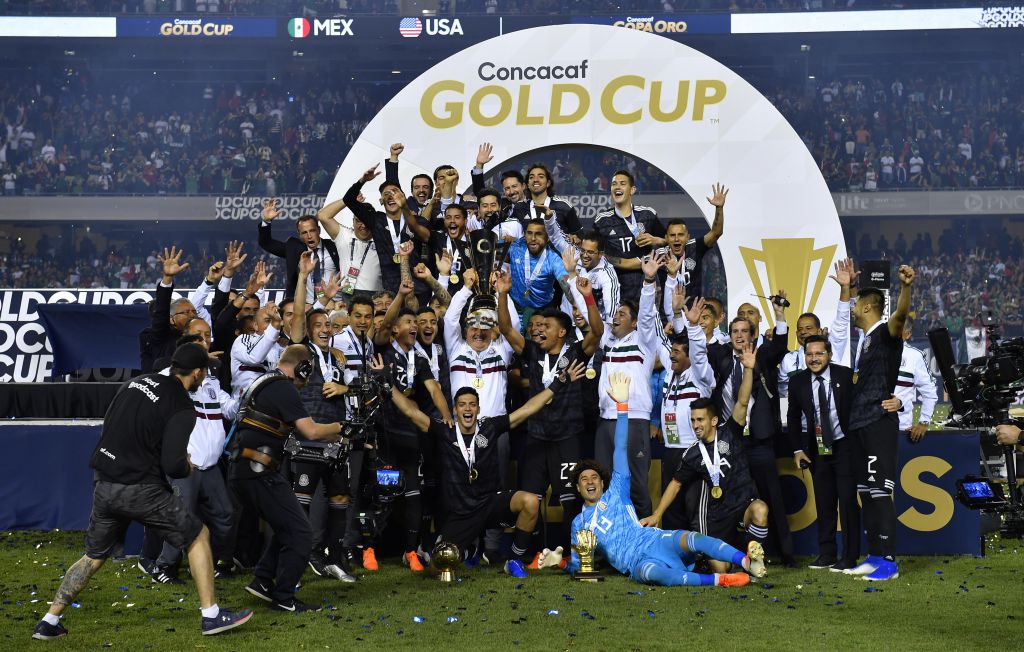
Concacaf’s efforts to expand its Gold Cup tournament both in terms of number of games and teams as well as in its fan-facing efforts has led to a revenue boost for the confederation.
The 2019 edition of the tournament, won by Mexico on July 7, had been expanded from 12 to 16 teams. Thirty one matches in total were played in the Gold Cup this year, compared to 25 in 2017.
That expansion, which also included holding matches in Costa Rica and Jamaica in addition to across host country U.S., was equaled by the confederation’s efforts to grow the commercial value of the tournament, bringing on more commercial partners and broadening its fan engagement efforts.
READ MORE: Concacaf Unveils First-Ever Women’s Soccer Plan
Ahead of all 15 match windows held at U.S. stadiums, Concacaf held a pre-match event called Futbol Fiesta. The space allowed tournament sponsors like Allstate Insurance Company, Camarena Tequila, Cerveza Modelo, Nike, Scotiabank, Sprint, Toyota and Valvoline to activate, while also allowing fans to buy merchandise, play soccer-themed games and listen to music. Toyota was the presenting partner of the festival. Soccer United Marketing, which manages MLS and U.S. Soccer’s commercial assets, also sells Concacaf’s commercial sponsorships.
Concacaf has taken a more concerted effort this Gold Cup to have both its partners and fans engage around the tournament. Much of that push has come via Heidi Pellerano, the former Wasserman Media Group executive who was hired as Concacaf’s chief commercial officer in February.
“There are these core values that we’re not only talking about, but are setting out to do – that’s a focus on quality, on access and on unity,” Pellerano said. “Sponsors are seeing it, and we think fans are too – it has led to a really high level of excitement.”
Concacaf launched its first-ever fan-festival ahead of the final in Chicago’s Union Station. That included things like a soccer reflex game, a radar gun kicking challenge, soccer billiards and a Toyota gaming station, as well as the ability to take photos with a replica trophy as well as purchase team and tournament merchandise.
Pellerano said there was further investment in content around the tournament, ranging from things as simple as posting graphics on social media as soon as goals were scored to creating in-depth feature such as one with Mexico National Team Goalkeeper Memo Ochoa on his strategy for saving penalty kicks.
The success of Ochoa and the Mexican National Team hasn’t hurt either. Of the six matches that featured Mexico, none drew less than 52,000 fans. In comparison, the only U.S. Men’s National Team Match to draw over 30,000 fans was the final at Soldier Field – in which it played Mexico in front of a crowd of more than 62,000 fans, most of whom were supporting Mexico.
All of that has led to a more than 10% increase in revenue compared to Concacaf’s pre-tournament projections, Pellerano said.
While she declined to comment further on what exactly those projections were, industry sources said that in the past, Concacaf’s overall revenue has well exceeded $100 million in years when the Gold Cup was held, while in years that it wasn’t, revenue often sits around $25 million.
READ MORE: Univision Deportes Plans to Dominate US Soccer Viewership
Pellerano said that many of the fan-facing things that the confederation expanded into this Gold Cup will not only return for future editions, but for its other national team properties like the upcoming nations league.
“This is our first big opportunity to bring some of these things to life, but the goal is to keep executing on these strategies in everything that we do,” Pellerano said. “We feel that we’re only just scratching the surface.”
